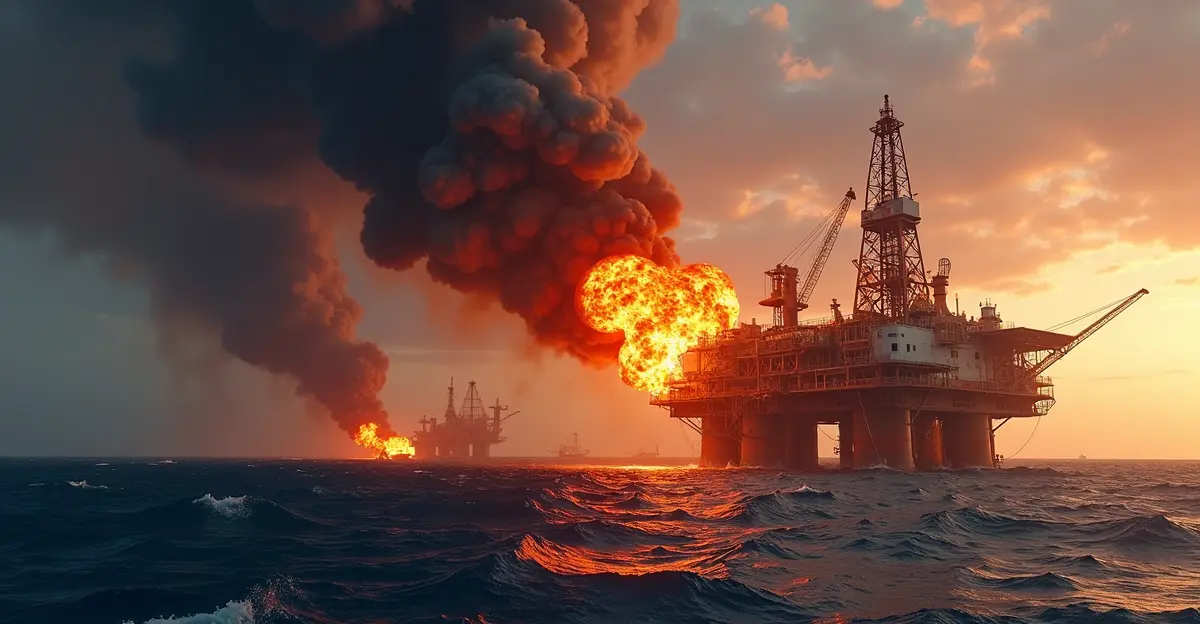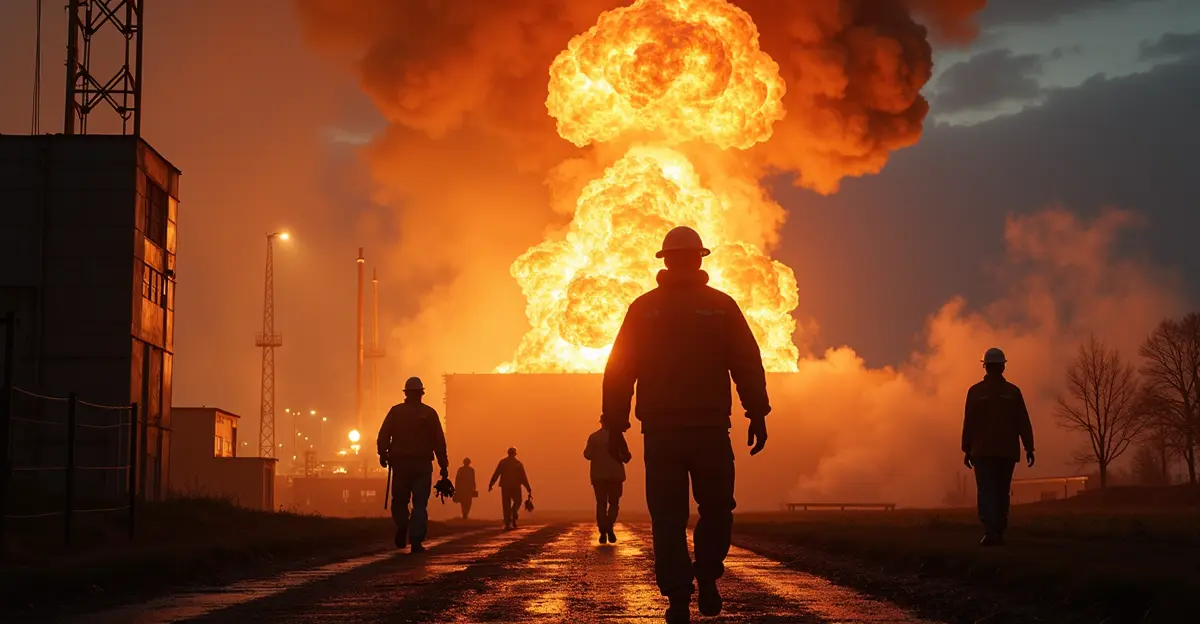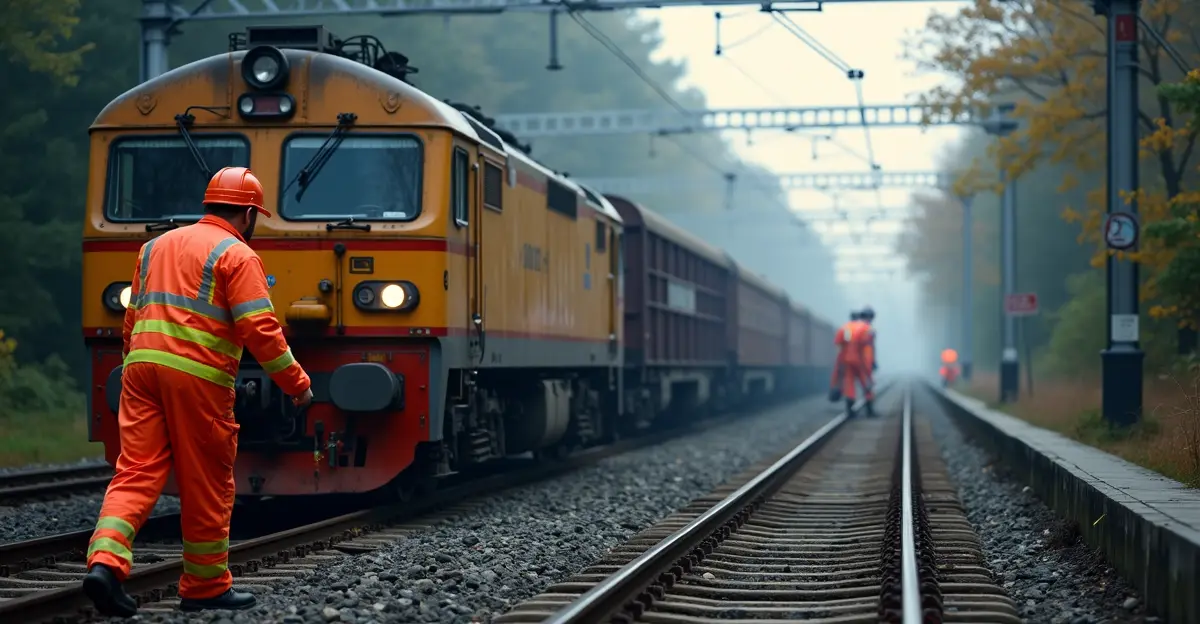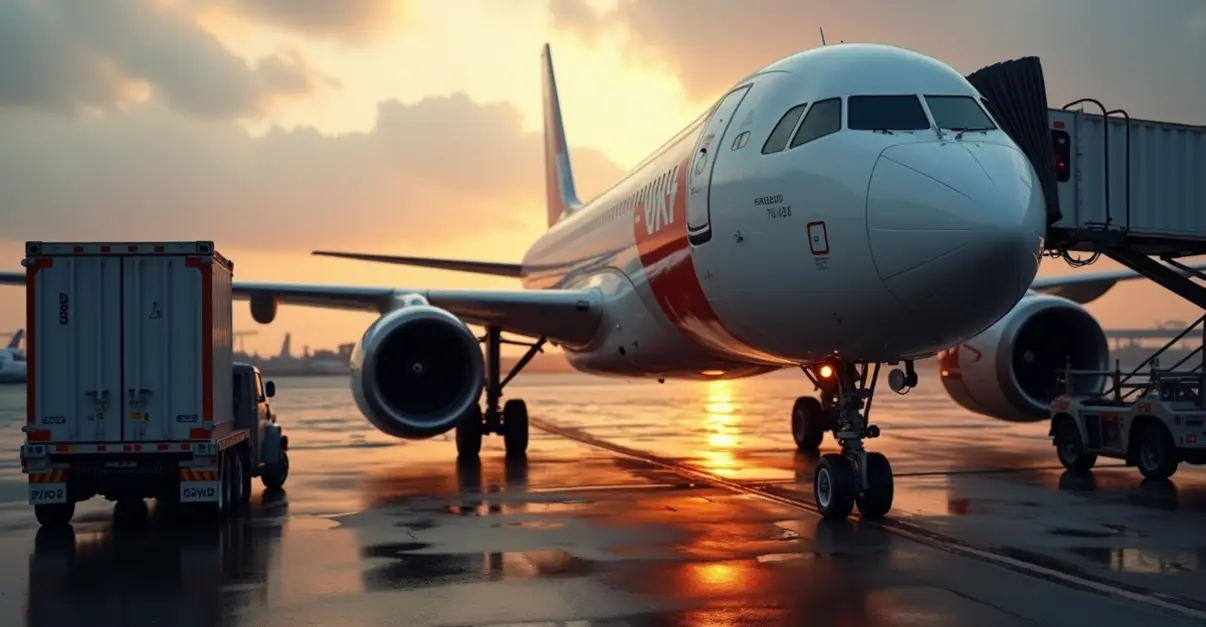Offshore oil rig explosions are rising in 2025 due to aging infrastructure and safety lapses. Recent incidents, like Brazil's Cherne 1 platform blast, highlight risks from equipment failures and regulatory gaps. Enhanced safety measures and worker training are crucial to prevent fatalities.

The Alarming Rise in Offshore Oil Rig Accidents
In 2025, offshore oil rig explosions and accidents have surged, raising serious concerns about aging infrastructure, regulatory oversight, and worker safety. According to recent data from the Bureau of Safety and Environmental Enforcement (BSEE), while 2023 recorded zero fatalities, there were 149 fires and numerous injuries, highlighting persistent risks. 'We're seeing a pattern of preventable incidents that demand immediate attention,' says safety expert Dr. Maria Rodriguez. 'The industry must prioritize maintenance and training to protect workers.'
Recent Incidents and Their Causes
One notable 2025 incident occurred on April 21, when a fire and explosion on Petrobras' Cherne 1 platform in Brazil's Campos Basin injured 11 workers. As reported by Rio Times, the blast halted gas flow and cut communications, with emergency vessels battling the blaze for nearly four hours. This event underscores broader issues, with the North Fluminense Oil Workers Union reporting a record 731 offshore accidents in Brazil in 2024, resulting in 183 injuries and one fatality. Common causes include equipment malfunctions, inadequate maintenance, and human error. For instance, blowouts—uncontrolled releases of gas or oil—are a frequent trigger, often due to faulty blowout preventers or poor cementing practices. 'Many of these accidents stem from cost-cutting measures that compromise safety,' notes union representative Carlos Silva. 'We need stricter enforcement of regulations.'
The Human Cost and Worker Risks
Offshore oil rig work is notoriously dangerous, with fatality rates seven times higher than the average for American workers, according to CDC data cited by Lezdo TechMed. Over 100 deaths and numerous injuries occur annually on rigs globally. Workers face hazards like explosions, fires, electrocution, and heavy machinery accidents, leading to severe injuries such as fractures, burns, traumatic brain injuries, and amputations. The remote location of rigs complicates emergency responses, exacerbating risks. 'Every day, we risk our lives in an environment where a small mistake can be catastrophic,' shares veteran rig worker John Matthews. 'Better safety protocols could save lives.' Psychological stress from isolation and long shifts also contributes to accidents, emphasizing the need for comprehensive support systems.
Regulatory Frameworks and Safety Measures
In response to incidents like the 2010 Deepwater Horizon disaster, regulatory bodies have strengthened oversight. The BSEE implements programs like the Safety Alerts Program, which issues recommendations to prevent recurrences of incidents involving explosions, fires, and gas releases. Key regulations include regular equipment inspections, enhanced training for emergency preparedness, and real-time monitoring systems. New rules in 2025 focus on stricter waste management and immediate spill response plans, driving innovation in safety technologies such as drones for inspections and wearable sensors. 'Compliance isn't just about avoiding penalties; it's about building a culture of safety,' asserts BSEE director Lisa Chen. 'We're seeing positive trends with improved reporting and proactive risk management.' However, challenges remain, including inconsistent global standards and the high costs of upgrading aging infrastructure.
Prevention and Future Outlook
Preventing offshore rig explosions requires a multi-faceted approach. Companies are adopting frameworks like ISO 31000 and Bowtie Analysis to systematically identify and mitigate risks, as highlighted by Field1st. Best practices include rigorous maintenance schedules, comprehensive crew training, and the use of advanced technologies like augmented reality for simulations. 'Investing in safety pays off by reducing downtime and protecting our most valuable asset—people,' says industry consultant Emma Lee. Looking ahead, the push for renewable energy may reduce reliance on offshore drilling, but for now, improving safety is critical. Ongoing investigations into 2025 incidents aim to inform better policies, with advocates calling for increased transparency and worker involvement in safety decisions. Ultimately, a collaborative effort among regulators, companies, and workers is essential to curb the tide of accidents and ensure a safer future for offshore operations.

 Nederlands
Nederlands
 English
English
 Deutsch
Deutsch
 Français
Français
 Español
Español
 Português
Português









